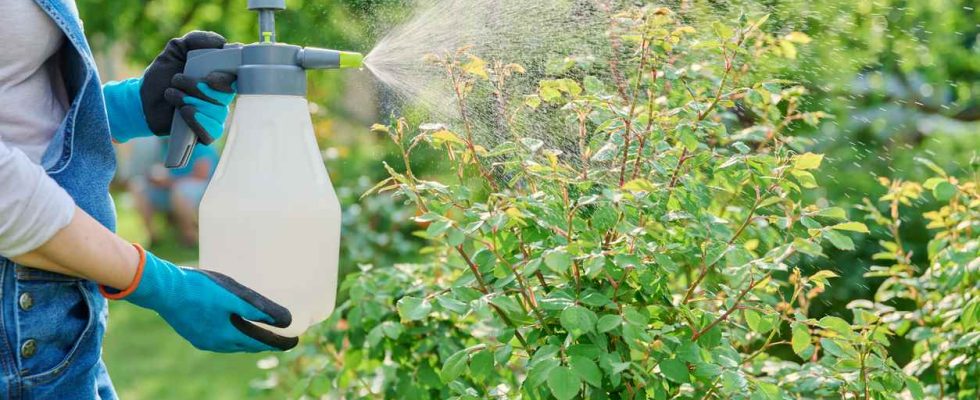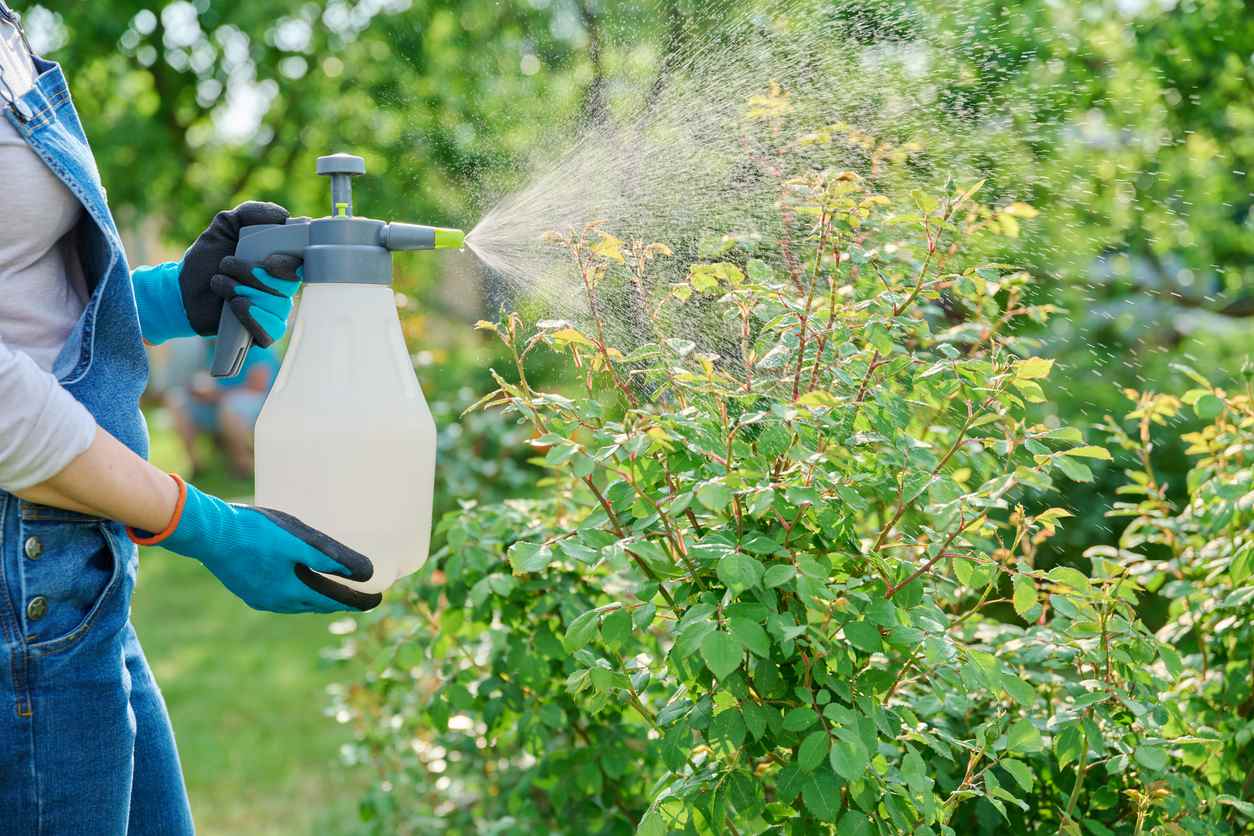
Clematis


It is sometimes subject to attacks by diseases and parasites.
Powdery mildew: a destructive fungus
It forms a whitish, floury coating on leaves, young shoots and more rarely on flowers.
The cure : Spray a fungicide as early as April, giving preference to a product that does not stain the foliage.
Slugs
They like things that are tender, and clematis is it! The result ? The foliage is nibbled, the young shoots are gnawed.
The cure : Place metaldehyde-based baits at the foot of the clematis or saucers filled with beer, in which the slugs come to drown: that’s because they love beer!
The white worm: a voracious predator
This chafer larva lives lurking in the ground, greedily feeding on plant roots. Clematis is one of its victims. The attacked plant gradually withers.
The cure : Bury a disinfectant in the soil by scratching it, and repeat the operation several times, because these worms are not easy to eliminate from your garden!
Earwigs
Like slugs, they like leaves and flowers.
The cure : Collect (by hand!) these insects as soon as you spot one, or more rationally, spray an insecticide.
Clematis wilting
If it is not caused by the white grub, and if it mainly affects large-flowered hybrid varieties, it is caused by a virus disease, for which we do not yet know a cure.
The cure : You will fight as a preventative measure, by cutting back the dead stem and waiting a few weeks: a new shoot generally appears. If the disease recurs, move the plant. Some advise powdering the planting hole with “sulphur flower”.
The climbing rose bush
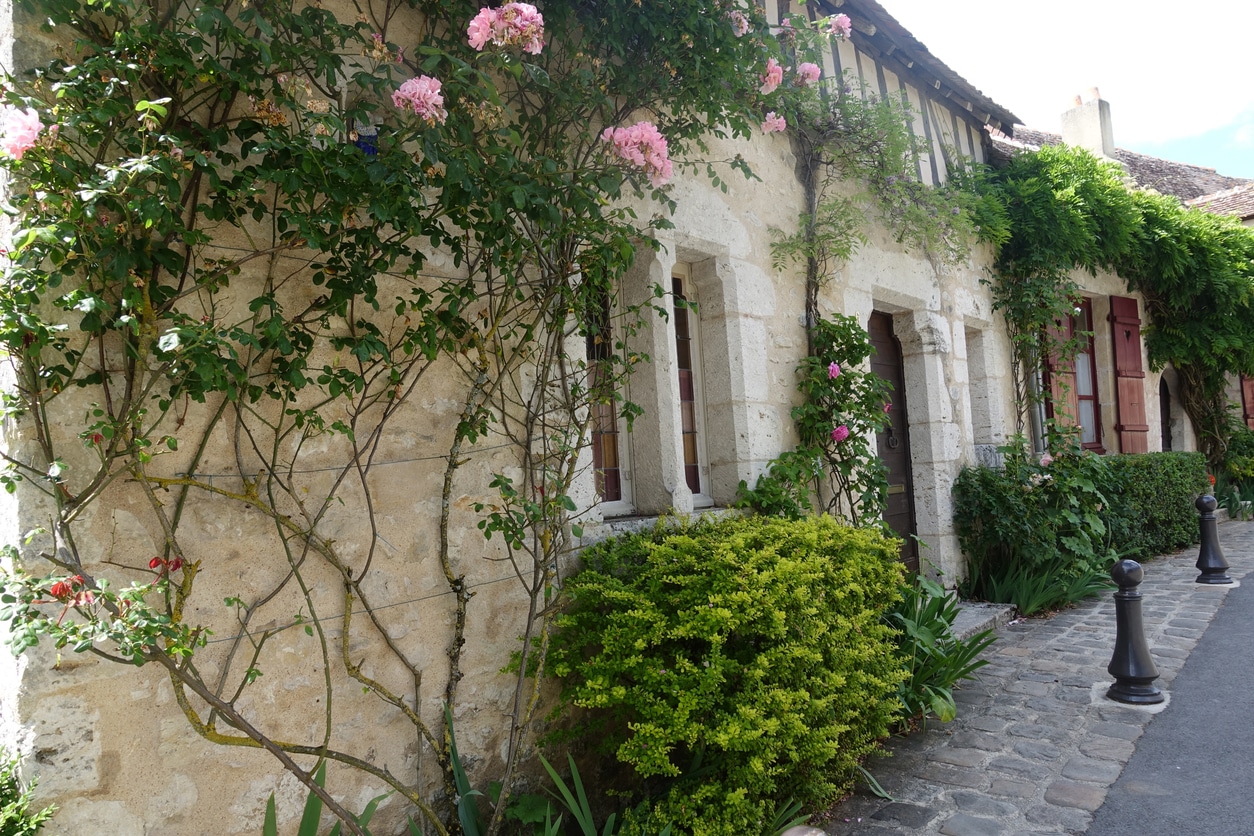

Several pests can destroy its beauty. So take your precautions…
Powdery mildew
It is also called white, blanquet, mildew… The damage can be significant. The entire shrub, in the event of a major attack, is covered with a sort of white dust. The damage begins with the flower buds and young shoots, then damages the foliage which also risks becoming deformed.
The cure : Against this fungus, which develops especially when the temperature is around 20° and the weather is humid, carry out anticryptogamic treatments from the month of April.
The green aphid
The damage is not very apparent, but the aphid carries all kinds of diseases, which are clearly visible. In the event of a large population, the young shoots become deformed and the leaves become covered with a sticky substance, honeydew, which promotes the appearance of sooty mold, a sort of unpleasant black soot covering the foliage and stems.
The aphid, most often green but also reddish, lives in dense colonies at the ends of tender shoots, on flower buds…
The cure : Take out the sprayer and apply an insecticide as soon as it appears. Be vigilant, because there are several generations of aphids per year.
Golden ketone
It is a beautiful beetle with a shiny bronze green color. This insect prefers light, white or yellow roses, the flowers of which it eats.
The cure : Go pick up this ketone in the morning, as she begins her breakfast of roses…
Black spot disease
It is also called marsonia, black spot… As its name suggests, the leaves are stained with circular black spots. The new foliage with thinner epidermis is the first affected. If not treated immediately, all the foliage becomes contaminated and then falls.
The cure : Against this fungus, burn affected leaves and spray a fungicide.
Rust
The underside of the leaves is covered with tiny red pustules, more rarely blackish spots appear on the upper side which discolor the foliage. In case. major attacks, the leaves fall.
The cure : Treat preventively with a maneb-based fungicide.
Bougainvillea
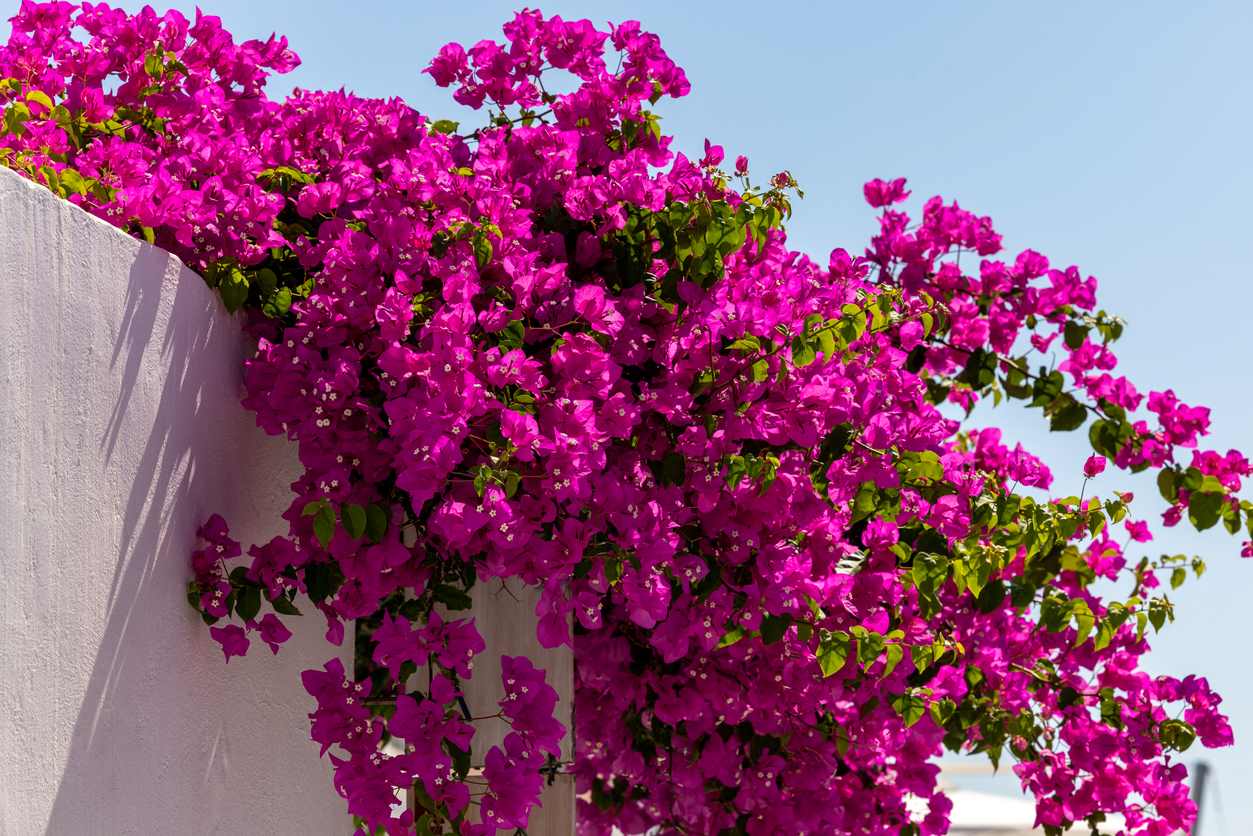

It is rarely sick but is sometimes visited by mealybugs.
The cochineal
On the branches, preferably old, as well as on the shoots, whitish crusts appear with a waxy appearance. In case of severe infection, the underside of the foliage becomes contaminated and signs of dieback appear.
The cure : Treat with an insecticide, and, if possible, rub the infested stems with cotton soaked in alcohol.
The cape plumbago
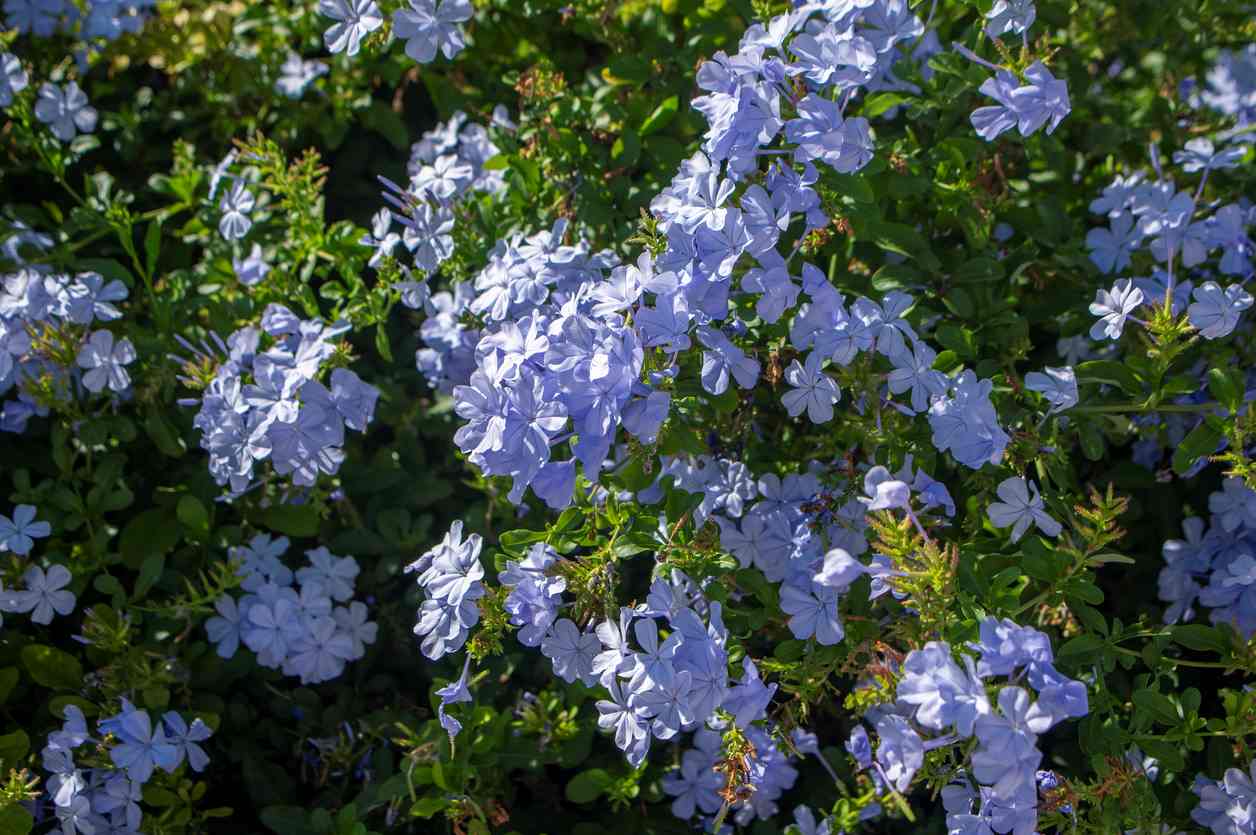

Very few enemies attack this pretty Mediterranean species. Whether grown in a greenhouse or outdoors, it can nevertheless be attacked by root eels.
The root eel
This microscopic worm attacks the roots. The plant grows irregularly, shows real signs of weakness, and its foliage blisters while the flower buds abort.
The cure : Spray a parathion-based product, and disinfect the soil before planting.
Nasturtium


A very common parasite: the black aphid.
The black aphid
It clumps together along the stems, on the petioles of the leaves and hides behind them. By sucking the sap, it turns the foliage yellow.
The cure : Spray, as soon as this insect appears, with an insecticide. Repeat the treatment every 10 days.
Ivy


Black aphids, described for nasturtium, often attack young and tender shoots. We also note the presence of the following insects.
The otiorrhyncus: a weevil that gnaws the roots
It is a weevil 1 cm long, black on the dorsal side and gray on the ventral side. The adult appears in June, at nightfall, and begins to nibble the foliage. Then, the females lay viable eggs, without having been fertilized, and deposit them on the surface of the soil, at the base of the ivy.
About a month later, young larvae are born which will burrow into the soil and eat the roots. The plant is weakening. Each female can lay around 80 eggs, which makes her formidable.
The cure : Between May and September, the period during which the larvae emerge, you will treat the soil with an insecticide based on lindane.
The red spider
This tiny mite sucks sap, living on the underside of leaves. These then take on a characteristic gray tint.
The cure : Spray an acaricide in spring, and repeat the treatment as a preventative measure.

